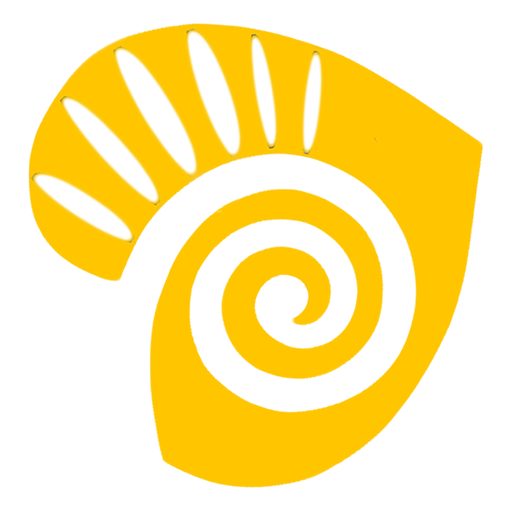For centuries, people have actually turned to tarot card reading as a way to acquire understanding into their lives and the world around them. This ancient technique has long been used as a device for self-reflection, support, and spiritual growth. In this post, we will check out the background of tarot cards, the significance behind the cards, and how to perform a tarot card analysis.
History of Tarot Card Cards
The origins of tarot card cards are shrouded in enigma, with some historians mapping their roots back to ancient Egypt or the magical trainings of the Jewish Kabbalah. The very first known tarot deck was developed in Italy in the 15th century, and the cards were initially utilized for playing games rather than divination.
It was not up until the 18th century that tarot cards started to be utilized for fortune-telling and spiritual objectives. The Rider-Waite-Smith deck, produced in 1909, is just one of the most popular and widely-used tarot card decks in the world today.
Tarot card cards are commonly split right into 2 primary groups: the Major Arcana and the Minor Arcana. The Major Arcana consists of 22 cards that represent major life events and spiritual lessons, while the Minor Arcana contains 56 cards that stand for day-to-day experiences and difficulties.
- The Major Arcana cards consist of famous pictures such as The Fool, The Magician, The High Priestess, and The Globe.
- The Minor Arcana cards are split right into four fits: Sticks, Mugs, Swords, and Pentacles, each with their very own one-of-a-kind symbolism and definitions.
Meaning in Tarot Card Cards
Each tarot card is rich in symbolism and imagery, designed to evoke instinctive understandings and spiritual support. The symbols on the cards can be interpreted in a range of methods, depending upon the reader’s instinct and the context of the reading.
For instance, the Ace of Wands represents clean slates, imagination, and motivation, while the 10 of Swords stands for ends, dishonesty, and loss. The imagery on each card is very carefully selected to communicate deeper meanings and emotions that resonate with the reader.
It is essential to bear in mind purpleocean that tarot card readings are not suggested to forecast the future with assurance, but instead to use support, insight, and representation on the here and now moment. The cards can serve as a mirror to our psyches, assisting us to discover our thoughts, emotions, and beliefs much more deeply.
How to Conduct a Tarot Card Analysis
Before conducting a tarot card analysis, it is important to develop a spiritual area and set your objective for the analysis. Clear your mind of any kind of interruptions and focus on the inquiry or concern that you want to check out.
Shuffle the deck of tarot cards while focusing on your inquiry, then set out a spread of cards in a pattern that really feels right to you. There are several sorts of spreads to choose from, such as the Celtic Cross, the Three-Card Spread, or the Past-Present-Future spread.
As you hand over each card, take notice of the imagery, significance, and feelings that occur within you. Count on your instinct and allow the cards to speak with you in their very own method. Make note of any type of patterns, connections, or insights that emerge during the reading.
Conclusion
Tarot card reading is an effective and transformative technique that can offer deep understandings right into our lives, partnerships, and spiritual courses. By involving with the signs and imagery of the tarot cards, we can obtain a deeper understanding of ourselves and the globe around us.
Whether you are an experienced fortuneteller or a novice simply starting, the art of tarot card reading can be a valuable tool psychicoz for individual development, self-reflection, and spiritual link. So grab a deck of tarot cards, shuffle them with intention, and let the magic of the cards direct you on your trip of self-discovery.


